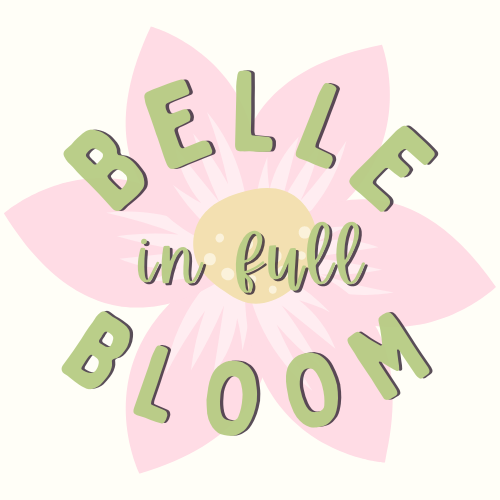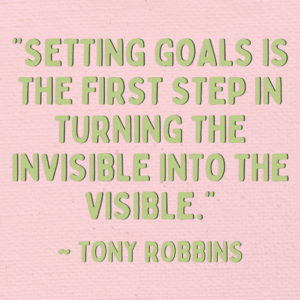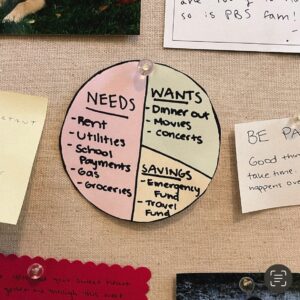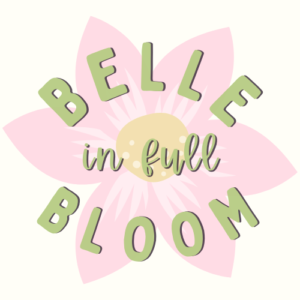Let’s just say fall break treated me well.
As a college student, if there is one thing I am consistently looking forward to, it’s a break. I love being a student, but at the same time, it gets exhausting after a while. I work two jobs, one internship, and still have to make the best grades I possibly can. Thousands upon thousands of students around the globe can relate to this struggle (yet somehow, people still wonder why we’re so sleep deprived). Like the rest of these students, I basically jump for joy when a break rolls around. However, this year I was even more excited for fall break than usual, and for a good reason.
For fall break, I was blessed enough to be invited to Florida with my boyfriend and a few other friends! We stayed at a beautiful condo in Miramar Beach with a gorgeous view of the ocean. It was the most amazing experience, but that’s not even the best part. It was pretty much entirely free. I won’t get into exactly how that happened since it’s not my place to discuss (it was really just some luck and good connections), but all we really had to pay for was gas, groceries and whatever we wanted to do while we were there. Right now, money is pretty tight for me, so it was the perfect way to escape for a bit but keep my spending to a minimum.
This is a bit crazy to say, but I only budgeted $100 to spend on the trip.
You heard that right. I really wanted to spend less than $100 while I was in Florida. It seemed somewhat possible, as long as our group didn’t want to go out too much. Spending any more money would have put me in a rough spot, and I am trying my hardest to start from the ground up and build better financial habits for myself. It would have been tough, but I was prepared to say no to certain activities if I needed to. I was already in Florida with the most beautiful beach I’d ever seen just mere yards from my door, and that was all the entertainment I really needed.
So, what did I end up spending?
My grand total ended up being $92.24! I was absolutely ecstatic that I didn’t end up going over my budget, but there were a few specific reasons it didn’t happen. Here’s a breakdown of what I spent:
- Groceries: $53.18
- Road Trip Snacks: $17.06
- Mini Golf: $13
- Uber: $9
Now, let’s talk about what I ended up spending! You’ll notice one huge expense is not listed, and that’s gas. My boyfriend drove us and essentially refused to let me pay him back gas money. While I appreciate his kindness, I still feel guilty over it and wished he would have let me. Otherwise, we kept our entertainment expenses to a minimum, which I was quite thankful for. We went mini golfing one night and took an Uber there. Besides that, we pretty much stayed at the beach and our condo. I picked up sunscreen for the group because we didn’t have any. That ended up accounting for some of the grocery bill, which ended up being fairly low. We really only spent $35 on food and drinks, which I thought was super impressive, considering we went shopping for five people. I also got some road trip snacks for my boyfriend and I, which was the absolute least I could do after he drove 7 hours there and back and wouldn’t let me pay him back.
Now comes the important part. What did I learn?
Yes, I stayed under budget. However, my boyfriend didn’t fold when I asked him several thousand times what his Venmo username was so I could pay him back. If he had, I would have been out a lot more money. In addition, if we had gone out any more, it would have been much more expensive. Essentially, what I learned is that even a free vacation isn’t really free. On the next trip I take, I will definitely leave more room in my budget so that I can account for more expenses. I’m excited to rebuild my savings and get back to a more financially comfortable place so this is possible in the future.
Want to follow along?
Get updates about my financial journey on my Instagram, Facebook, and TikTok!





